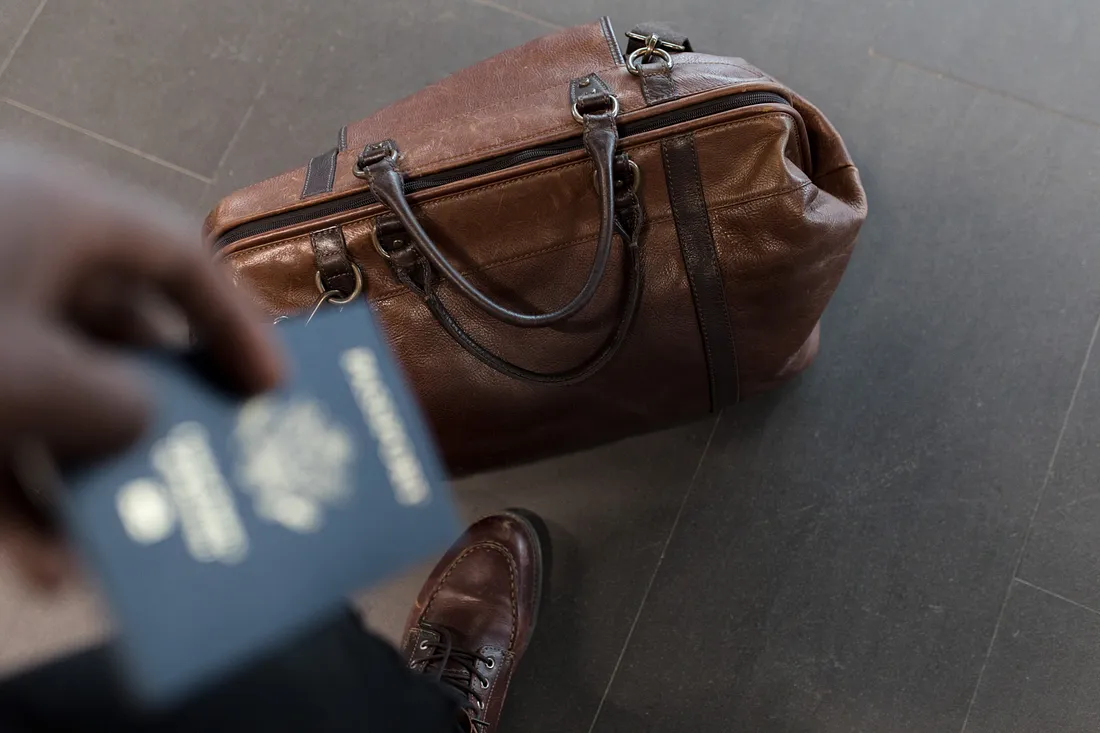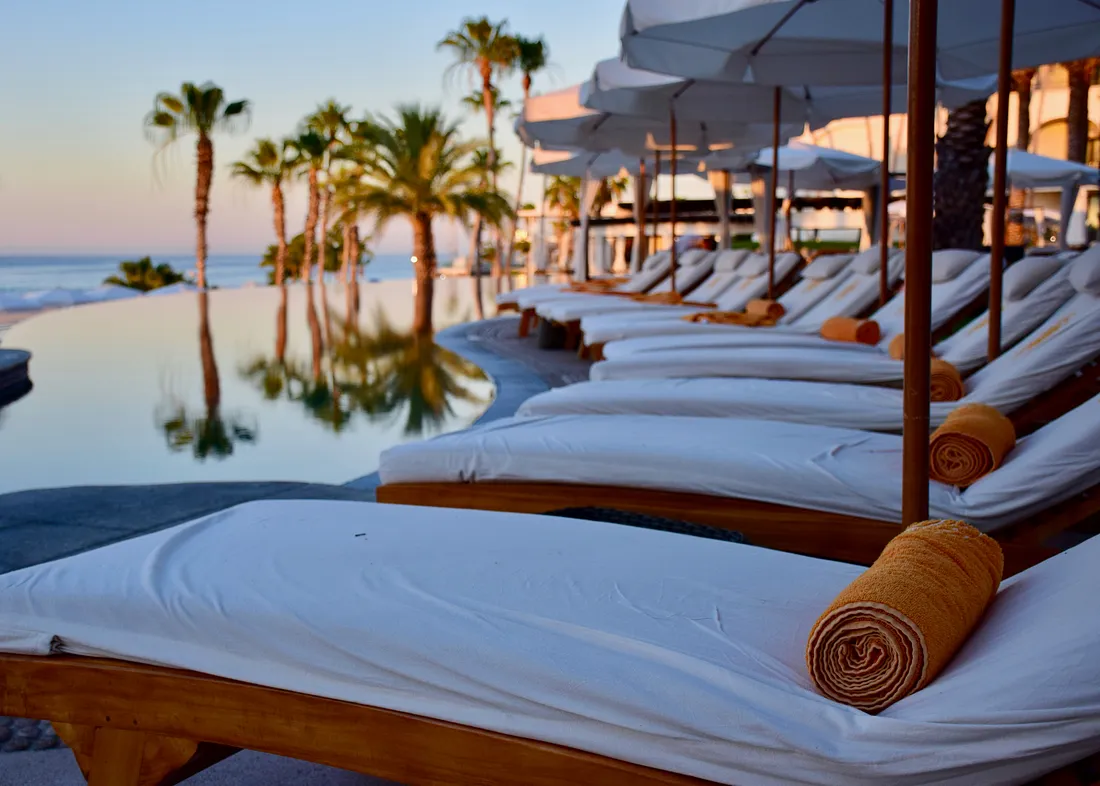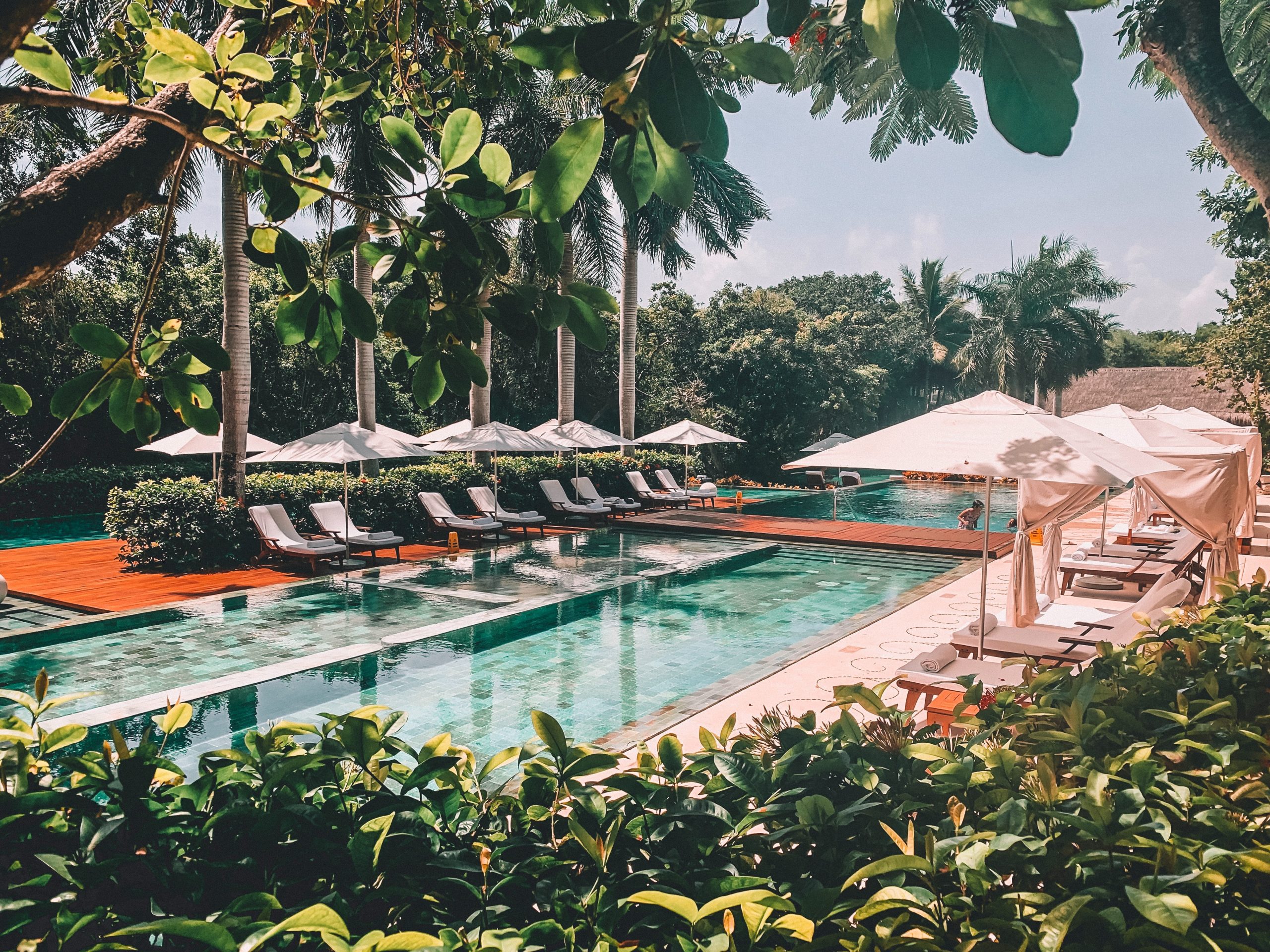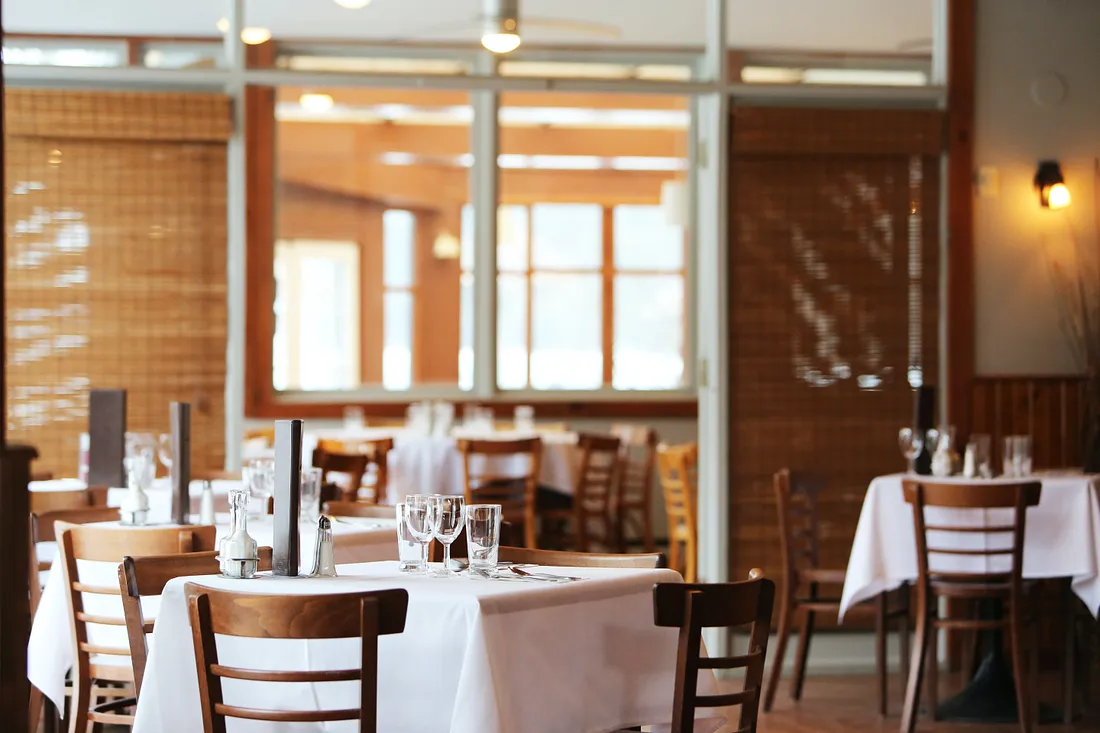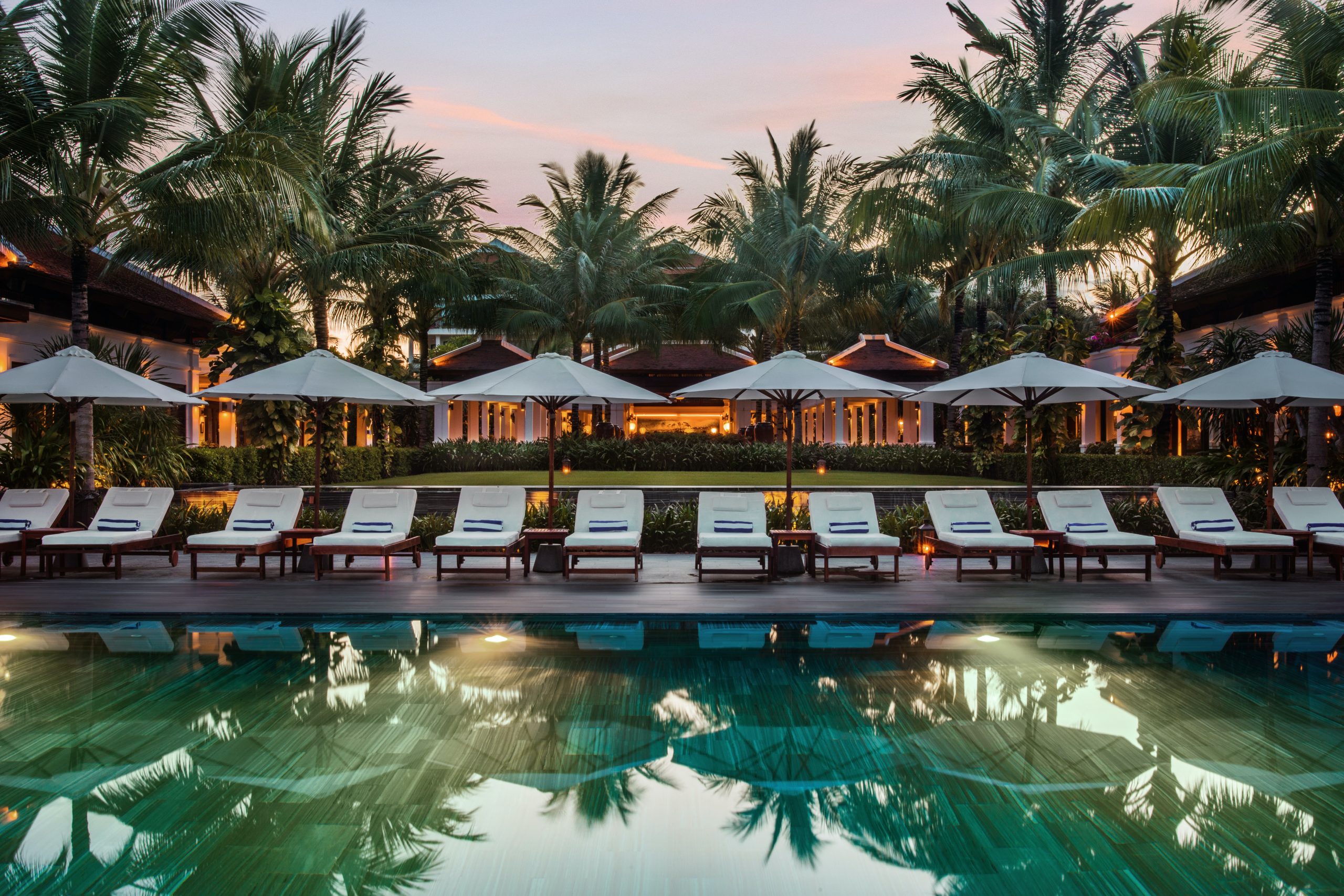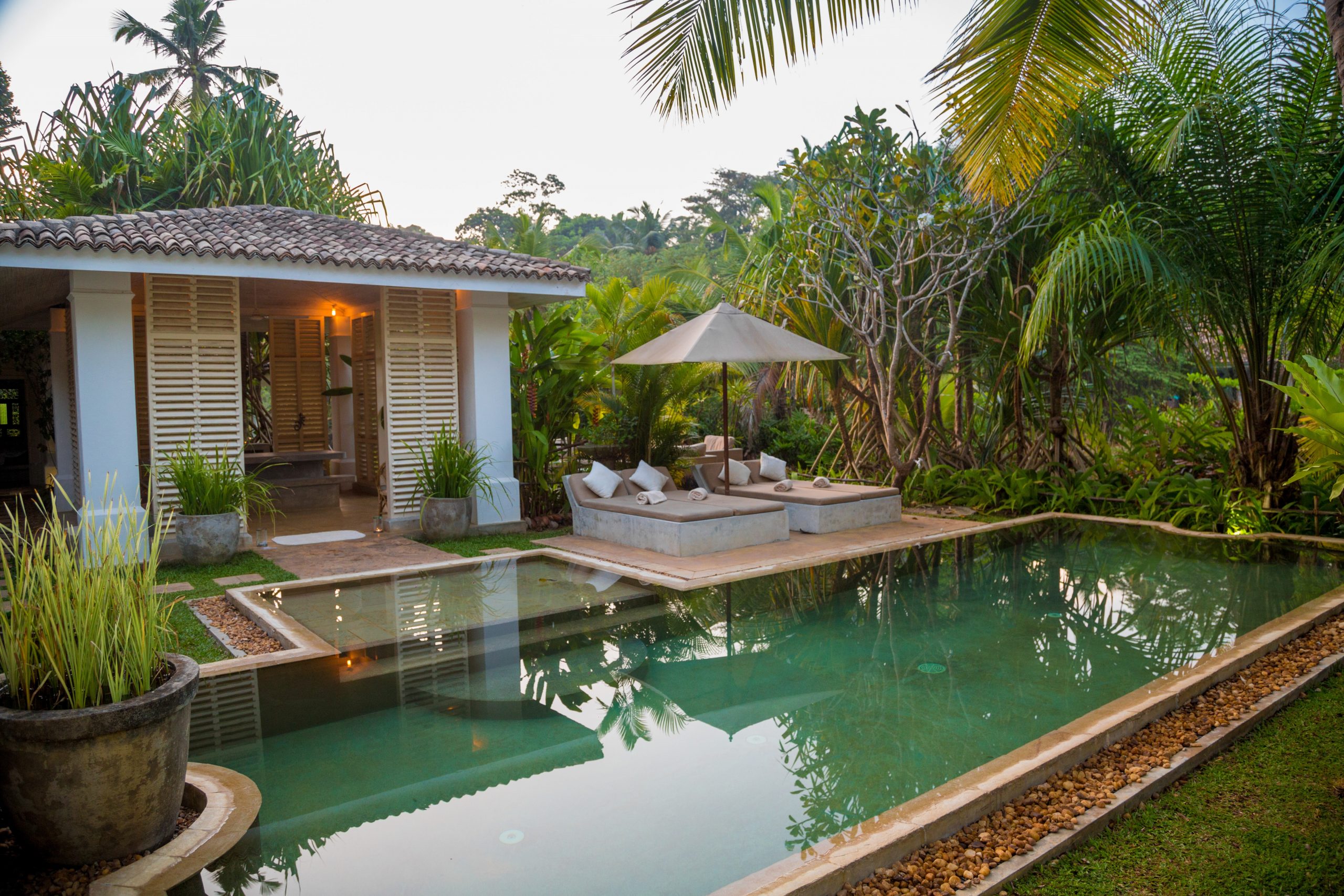Investment in community tourism: a way to support the sustainable development of local communities
At present, community tourism has become an attractive form of investment for many investors. By investing in community-based tourism, investors not only have the opportunity to earn financial gain, but also to have a positive impact on society and the environment. This type of activity focuses on promoting the economic and social development of local communities through sustainable and responsible tourism, through the inclusion of local communities in the development of sustainable tourism activities and projects. One of the most common ways to invest in it is through the purchase of tourist properties. This includes the acquisition of hotels, guest houses, restaurants and other tourist establishments. In this sense, local communities are the main beneficiaries of the tourist activity, since they are given the opportunity to develop and offer unique tourist products, such as nature tours, craft workshops, traditional foods, among others, which allow the visitor to experience the local culture in an authentic and genuine way. In conclusion, community tourism is a tourism alternative that seeks to promote sustainable and responsible development of local communities, while providing an authentic and enriching experience to travelers. In this way, a conscious travel style is encouraged that supports both local communities and the preservation of the
Round trip: Is business travel back?
Last year, I wrote about the airline industry revamping the business class experience. From new seating to destination-inspired menus, all signs pointed to the sector betting on work travel for its COVID-19 pandemic recovery. While it looks like their bet has paid off, travel and hospitality insiders should keep an eye on possible turbulence ahead. Business travel rebounds When travel restrictions and remote work grounded business travel, many wondered if it would ever return to previous levels. Last year, business travel was almost two-thirds of where it was before the pandemic. This year, 32 percent of people plan to travel for work, compared to the 16 percent who planned to travel last year. Even the majority of remote workers plan on traveling for their jobs this year. So, what’s driving the business travel revival? Surprisingly, smaller businesses reported more travel plans this year than larger companies. In a Morgan Stanley survey, two-thirds of companies with less than $1 billion in annual revenue expected to increase their travel budget this year. On the other hand, less than half of billion-dollar-plus businesses are expected to. Younger workers are also fueling business travel growth, as millennial and Gen Z employees are more likely to travel for work within the year. A murky forecast While business travel is
How are investors currently diversifying?
One of the most recurring principles in investment is the relevance of diversification. In essence, it is about following the classic strategy of not concentrating all the resources in one place. In financial terms, diversification implies investing in a variety of assets, which means investing in different options to spread investment risk among various industries, companies, countries, among others. In the investment world, diversification has always been a key method of minimizing risk and maximizing profit. But how do they do it? One of the ways that investors are diversifying is through investing in exchange-traded funds (ETFs). ETFs are similar to mutual funds, but they trade on the exchange like stocks, which means that investors can buy and sell parts of a diversified basket of assets throughout the day. ETFs offer a wide range of investment options, from stocks and bonds to commodities and currencies, allowing investors to build diversified and customized portfolios. Another way is through investing in real estate. This mutual fund is a popular form of diversification because it offers a steady stream of income and long-term capital appreciation. Investors can invest in real estate directly, through property purchases, or indirectly, through real estate investment funds. Also, they allocate their assets
Luxe Influx: The high-end travel resurgence
Travel is back despite years of pandemic-related hardships, and neither inflation nor still-recovering economies seem to be slowing it down. Just last year, air travel soared to 70 percent of its pre-pandemic levels worldwide. Hospitality was also booming across the globe, as hotel occupancy averaged almost 70 percent last summer–a 5 percent increase from summer 2019. While tourism is booming overall, high-end travel is standing out as the current sector to watch. In 2021, the market was worth $638.2 billion globally. By 2031, it’s projected to hit $1,650.5 billion. This year, luxury travelers are expected to spend 72 percent more on airfare, experiences, and accommodations than they did before the COVID-19 era. Specifically, these travelers plan to spend an average of $5,000 per person on their next luxury vacation. Factors driving luxury travel While the pandemic threw a wrench in the tourism industry, it might ironically be one of the keys to its current resurgence. Many tourists are making up for years of lockdowns, restrictions, and social distancing by booking their dream vacations–and they are willing to shell out big bucks to make that dream come true. In fact, almost half of the participants in a recent survey specifically cited lost time during the pandemic as their reasoning behind plans to spend more
Luxury hotel fever: Which are the main countries that are investing in this category of accommodation?
In recent years, the hotel industry has experienced a boom in the construction of luxury hotels around the world. And although it is often assumed that these properties belong to local investors, the reality is that various countries that invest in this type of hotel also come into play. According to a study by the World Travel and Tourism Council published by HostelTur, China is one of the leading countries in luxury hotel investment. With an ever-growing middle class, domestic tourism has increased significantly in recent years, and as a result, the hotel market has boomed, attracting the attention of local and foreign investors alike. Another country that has seen an increase in investment in luxury hotels is the United States. In cities like New York, Miami, and Los Angeles, new upscale hotels are being built at a rapid pace. Many of these projects are initiatives by foreign investors seeking to capitalize on the growing market for superior tourism in that country. On the other hand, in Europe, Spain also stands out as a country that has seen a large increase in hotel investment in recent years. Thanks to its warm climate and its beautiful beaches, this territory has become a popular tourist
Consumers no longer dishing out on food and drink
Over the past year, the Consumer Price Index has risen 6 percent, with the highest peak at 9.1 percent in June last year–the biggest increase since November 1981. Consumers are feeling the brunt of inflation prices, and it is particularly impacting eating out and drinking habits. According to a recent Morning Consult report, more than half of Americans say they’re changing the ways they eat and drink due to inflation. Restaurants continue to take a hit Restaurants face myriad challenges from supply chain shortages, double-digit food inflation, wage increases and higher operating costs, to name a few. And it is no surprise that to keep their doors open, they are raising prices for consumers. But, as consumers look to save their pennies in the current economy, restaurants appear to be the first to get cut. According to the same Morning Consult report, all generations and income levels are equally likely to eat out less to reduce spending over other behaviors. This trend doesn’t just stop at dining in. Americans are also ordering less takeout and fewer restaurant deliveries. This also holds for previously to-go-loving millennials. In 2021, 49 percent of this generation reported dining out at least once a week. In 2023, that number dropped to 40 percent. The
Risks of investing in adults-only hotels
Adults-only hotels have become more popular in recent years, especially in beach resort destinations and places with high demand for nightlife. These hotels are usually designed to offer a unique and exclusive experience for adults, with features that include swimming pools, bars, nightclubs and a wide range of activities for this specific audience. However, as with any financial investment, there are certain risks associated with investing in these types of hotels. One of the main ones is the volatility of the tourism market, which can be especially unpredictable in times of economic crisis or natural disasters. In addition, these hotels may also be subject to changes in government regulations that could affect their ability to operate or generate revenue. Another factor to take into account is the increase in competition. As more adults-only hotels enter the market, it may become more difficult for any individual property to stand out and attract enough guests to maintain profitability. Additionally, these hotels can be very expensive to operate and maintain, which can further increase costs and reduce return on investment. Finally, there is an inherent vulnerability in any investment in the hospitality sector, as economic conditions, consumer tastes and preferences can change rapidly. Even the most
Healthy and personalized food: the bet of investors in the gastronomic sector
The food industry is changing, and with it, the way we eat. Restaurants for people with dietary restrictions are becoming increasingly popular, and not only among those with allergies or intolerances, but also among those seeking healthy and personalized options. But who is behind this trend? And who are the investors who are betting on these specialized restaurants? According to a Forbes article, the people who are investing in restaurants for people with dietary restrictions are, for the most part, entrepreneurs or businessmen who have experienced first-hand the lack of options in the market, and who have seen the opportunity to invest. in this type of restaurant thanks to the growing demand for healthy food, adjusted to the needs of each person. In this sense, many of these entrepreneurs choose to invest in franchises that focus on providing solutions of this type. One of them is B.Good, which has more than 70 locations around the world and specializes in providing food that meets the dietary needs of the population. Another example is Freshii, a restaurant chain that offers customized, vegan and gluten-free menu options. It should be noted that independent restaurants are also experiencing great success concerning this issue. For example, in the United
Hotels that stand out for their gastronomy
Food is one of the most important aspects of a place's culture, and many travelers (including me) seek to experience the local cuisine during their travels. The hotels that stand out for their gastronomy are those that offer a high-quality culinary experience and make food an integral part of their guests' stay. In this article, we will explore some of the most outstanding hotels for its gastronomy around the world. First of all, the Ritz-Carlton Hotel in Tokyo has several award-winning restaurants, including the three-star Michelin restaurant, Sukiyabashi Jiro. This restaurant offers a unique dining experience with a high-quality sushi set menu. In second place, we find the Waldorf Astoria hotel in New York, United States. The hotel has several high-quality restaurants, including the famous Bull & Bear Steakhouse, which has been awarded a Michelin star. Mandarin Oriental Hotel in Bangkok, Thailand. The hotel has nine different restaurants, each with its own style of cuisine and atmosphere. Particularly noteworthy is the restaurant Le Normandie, which has been awarded two Michelin stars and offers an exquisite French culinary experience. Finally, we have the Belmond Hotel Caruso in Ravello, Italy. The hotel has a restaurant that has been awarded a Michelin star. The Belvedere restaurant offers
Sustainable hotels that lead the ecotourism sector
As a nature lover and frequent traveler, I have always looked for ways to enjoy new experiences without leaving a negative footprint on the environment. So I'm excited to tell you about the sustainable hotels that are leading the ecotourism industry. These hotels are not only concerned with offering their guests an unforgettable experience, but are also committed to minimizing their impact on the environment. From choosing green building materials to implementing energy and water conservation practices, these hotels are leading the way towards more sustainable tourism. One of the hotels to recommend in this sense is the Hix Island House in Puerto Rico. This hotel features innovative architecture and uses solar panels to provide most of its power. In addition, they have implemented a rainwater harvesting system and have organic gardens that provide fresh and local ingredients for their restaurant. Another great example is Six Senses Laamu in the Maldives, which uses renewable energy and has a wastewater treatment system to reduce its environmental impact. In addition, the hotel is committed to eliminating single-use plastics in its facilities and works in collaboration with the local community to promote the conservation of coral reefs. In Colombia, there is the eco-friendly Casa del Agua hotel


